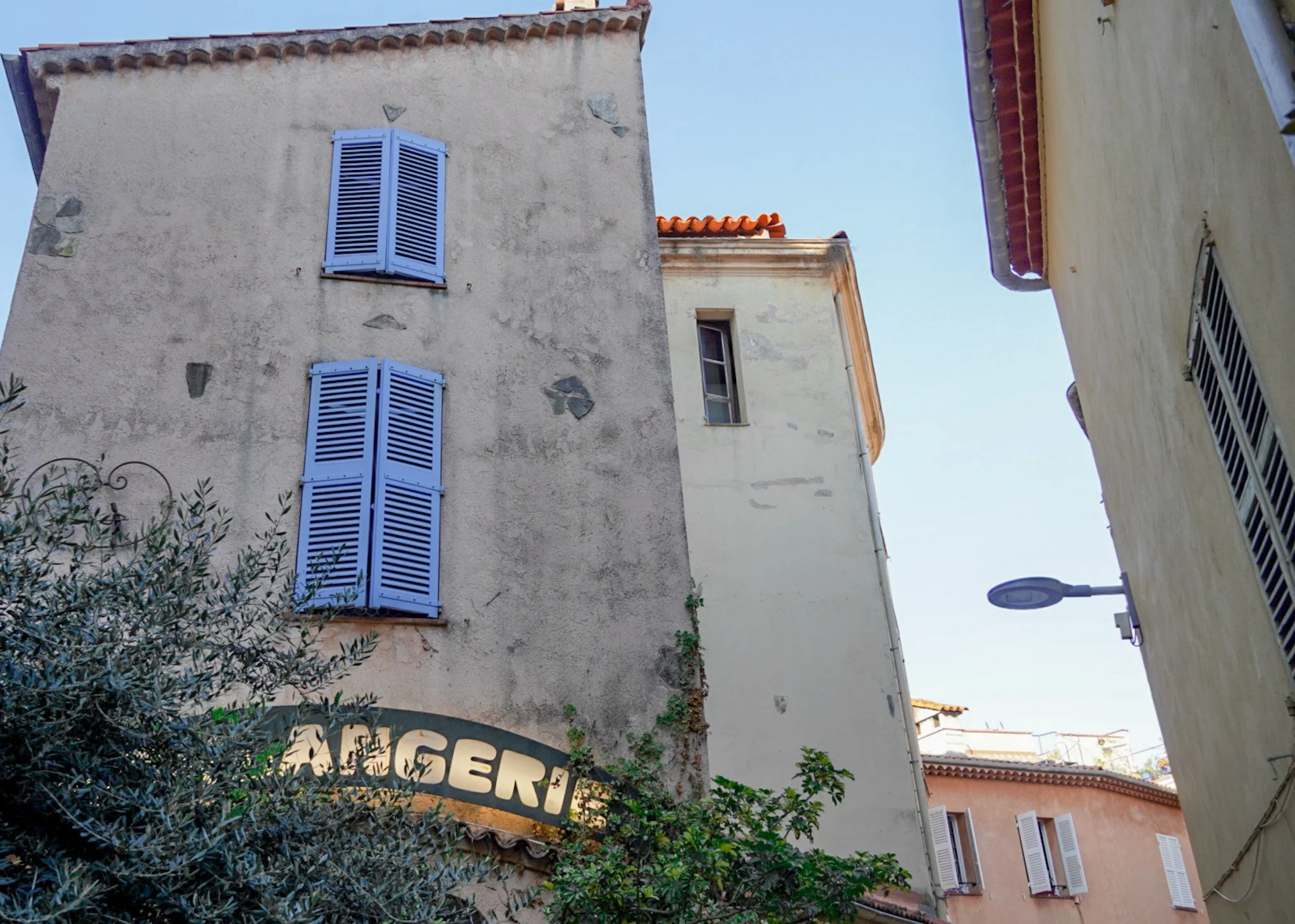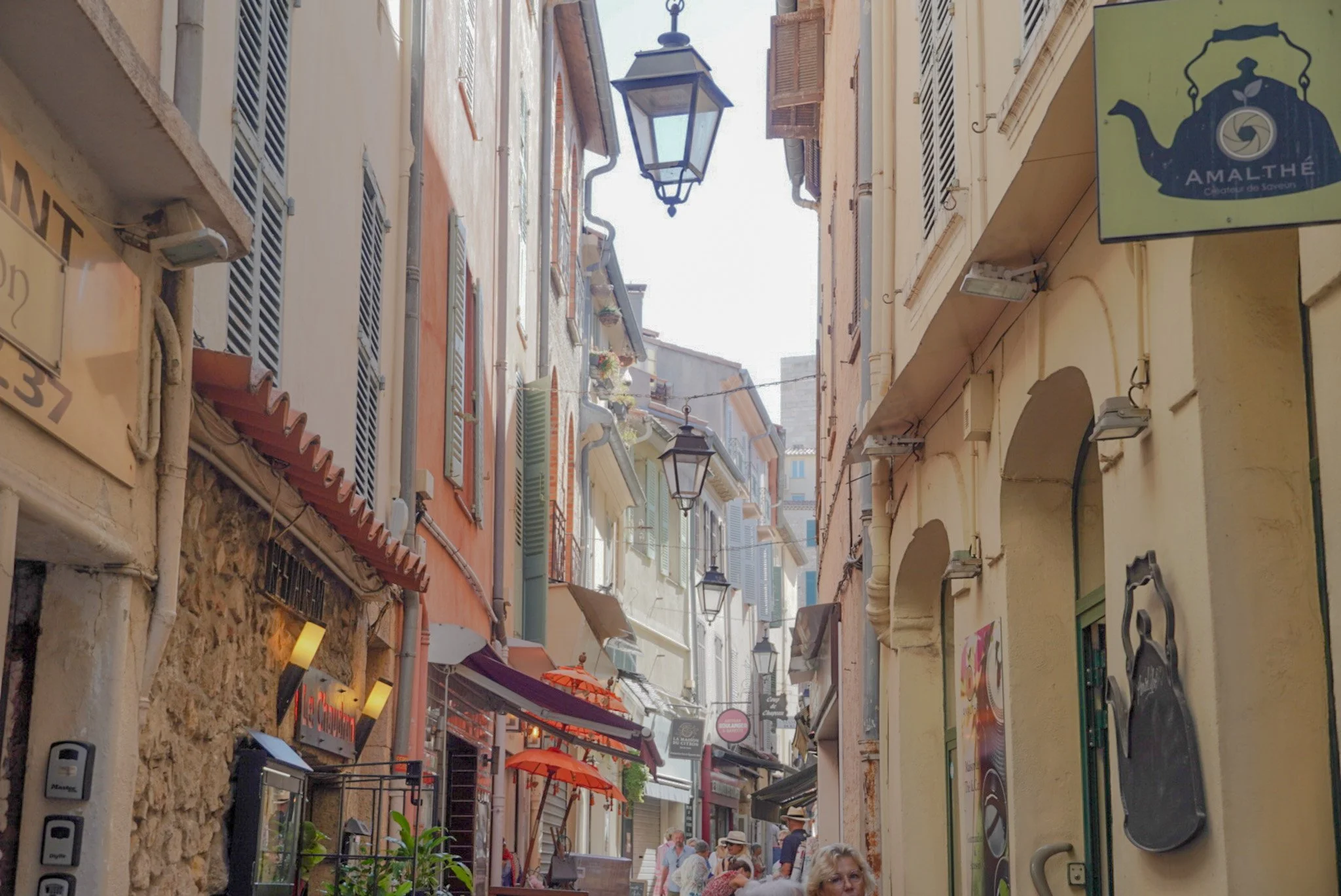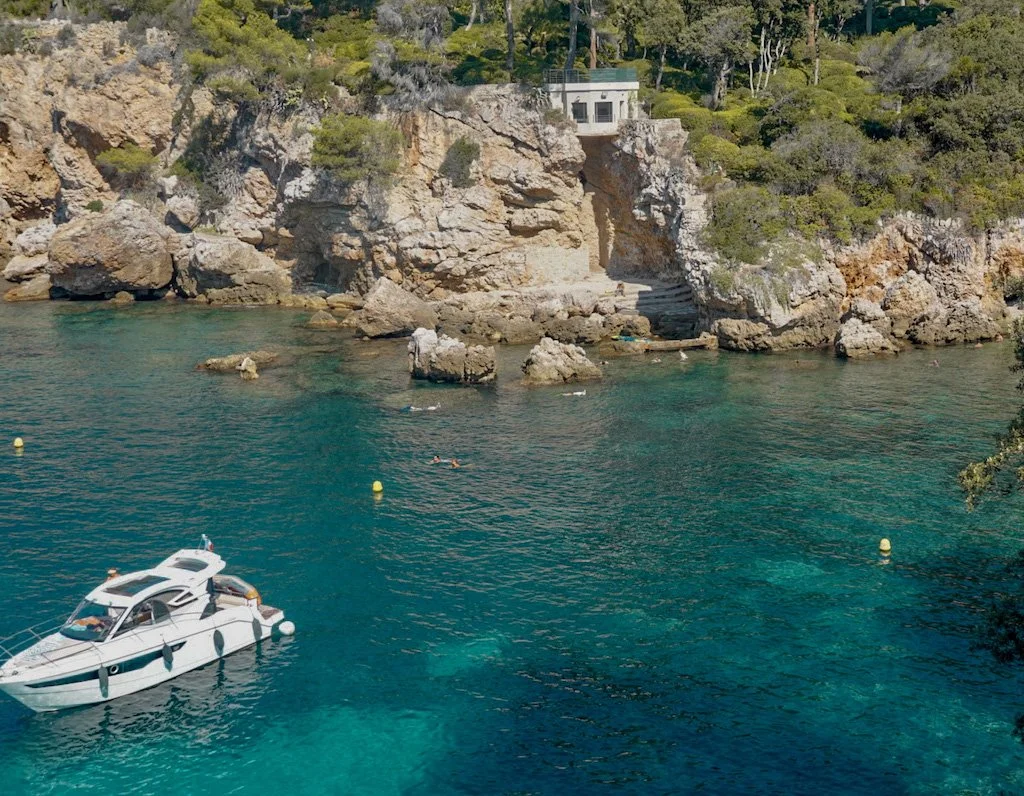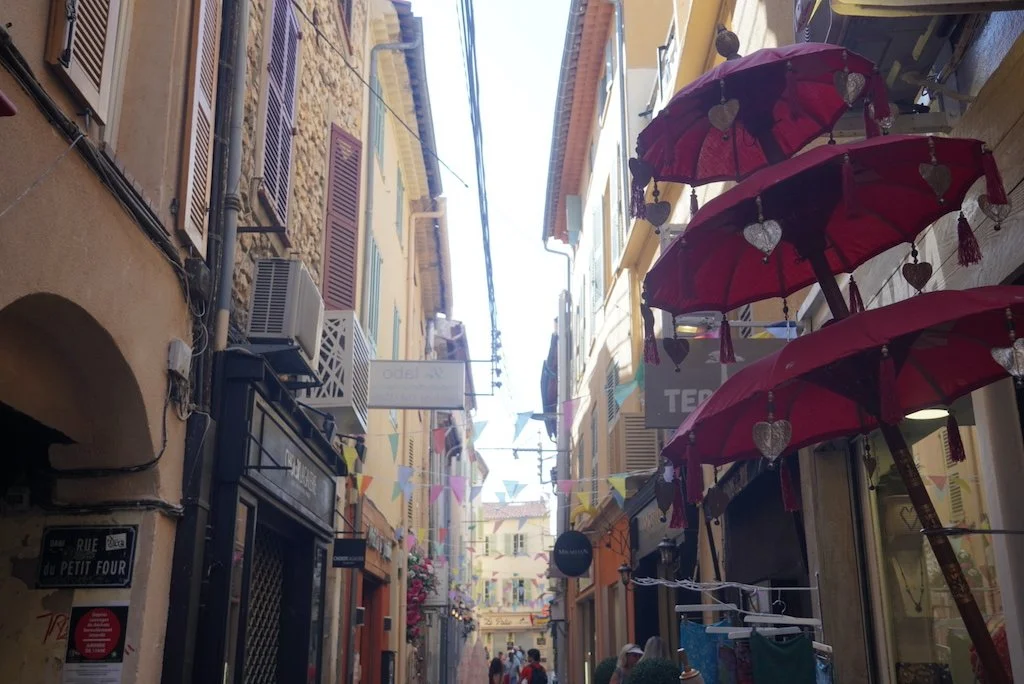Is Antibes worth visiting? Here are five reasons to fall in love with this charming French Riviera town
Forget Nice and Cannes. This might be the most idyllic town located along the Côte d’Azur
Antibes, a charming town located along the French Riviera, boasts a colorful past that is sparking a new wave of tourism. It dates back to the 5th century BC, once belonging to ancient Greece and the Roman Empire. By the early 1900s, foreign investors opened flashy new hotels and casinos, transforming Antibes and neighboring Juan Les Pins into a raucous getaway for the stars of the roaring 20s.
Nice and Cannes might be the current hot spots of the Riviera, but Antibes once welcomed the likes of F. Scott Fitzgerald and Pablo Picasso. We spent a week here to answer the question, “Is Antibes worth visiting?” Read along for five reasons to include this small seaside town on your next European getaway.
Wind along charming Old Town streets and visit an ancient fortress
Antibes is the epitome of old-world charm, with its cobblestone streets and faded limestone façade. Pastel window panes perfectly contrast the mute exteriors, capturing the heart of the town. Downtown homes are built up instead of out to share the seaside views.
Enter the labyrinth of narrow streets and walk past endless shops and art galleries. Downtown is small and connected, so don’t fret about twisting along back alleys and side streets. There is much to stop and admire, from colorful boulangeries to mysterious horse heads.
Fort Carre, a famous fort built in the 1600s, was built to defend France from foreign invasion. Carre means “square” in French, and the fort is star-shaped and strategically placed atop a hill. Visit the fort for its panoramic city views and admire the shimmering Mediterranean Sea from above.
2. Indulge yourself in the arts- Visit the Picasso Museum
Ulysse et les Sirènes, 1947
Antibes is more than a seaside escape; it is also an artistic haven. One famous artist, in particular, felt drawn to the city in 1946. What was once known as the Chateau Grimaldi became the Picasso Museum in 1966. Pablo Picasso escaped to the South of France post-World War II and let the beauty of the sea inspire his following collection.
In 1946, a city curator in Antibes contacted Picasso and offered to host him for the summer. Impressed with the views, Picasso decided to stay and create new work from his surroundings. Picasso worked nonstop for two months and left the city his entire collection once it was complete.
The sea and Greek mythology partly inspired Picasso; his work centers around these elements. When asked about his inspiration from the South of France, Picasso said, “I never draw fauns, centaurs, or mythical heroes [anywhere else]. They always seem to live in these parts.”
His most famous work from Antibes is Ulysses and Mermaids. Ulysses is the protagonist of Homer’s Odyssey, a Greek hero who went on a daring adventure and encountered many obstacles. Picasso painted a depiction of Ulysses’s adventure near the island of mermaids. It’s not painted on a canvas but on three panels of fibro cement.
Besides Picasso’s paintings, the museum displays his ceramic works from a workshop in Vallauris from 1947-1948. Other artists’ work is also displayed here, including Joan Miró, Bernard Pagès, and Anne and Patrick Poirer. The museum terrace is home to a permanent collection of sculptures by Germaine Richier.
3. Lose yourself in nature with a hike along the Cap d'Antibes
A small peninsula just south of Antibes is known for its rugged cliffs and overgrown fauna. This area is called the Cap d’Antibes, a sliver of unspoiled paradise. While parts of the area are protected by the Conservatoire de Littoral, luxurious resorts like the Hotel du Cap-Eden-Roc are located here.
The best way to see the area is by hiking along the popular trail, Le Sentier du Littoral. Start at Plage de la Garoupe and end with a swim in the infamous Billionaire’s Bay. It’s named after the yachts that anchor near its shore.
The trail is approximately 3 miles long and offers unobstructed views of turquoise waters and secret enclaves ideal for a mid-afternoon swim. Infamous villas dot the pathway and provide a quick escape from the unrelenting Mediterranean sun.
4. Glisten in the sun at various beach clubs
Juan-les-pins, a neighborhood of Antibes, is known for its white sandy beaches and endless beach clubs. Unlike Antibes or Cap d’Antibes, it gained attraction for its parties and upbeat atmosphere. Several upscale hotels are located nearby, and its downtown square is easily walkable.
Juan-les-pins was built in 1882 and named after the endless pine trees covering the land. Jay Gould, the famous American railroad developer, discovered JLP after World War I and decided to invest in its development. Celebrities and Americans flocked to this seaside resort for holidays, thus becoming a hot spot of the roaring 20s.
Although it lost its Old Hollywood “it” status, JLP still holds the lively spirit of its past. F. Scott Fitzgerald even vacationed here at the 5-star Hôtel Belles Rives. Different beach clubs line the sand, differentiated by the colorful umbrellas casting much-needed shade on the sunny beach. Popular clubs include Chacha La Plage, Plage de la Jetée, and Yolo Plage.
5. Experience the Jazz à Juan Music Festival
If you visit Juan-les-pins in July, you’re in for a special treat. The Jazz à Juan Music Festival is held here every year, and it is the oldest jazz festival in Europe. It is held at the Palais Des Congrès, an exhibition center near the beach. According to Herbie Hancock, an American jazz musician, “Juan is a beautiful place where all the musicians in the world want to play!”
It all started with the death of the famous New Orleans jazzman, Sidney Bechet. Sidney frequently visited JLP and even hosted an extravagant wedding and parade through the streets of Antibes in 1951. In 1960, Jacques Souplet and Jacques Hebey decided to host a get-together and present legendary jazz musicians in this iconic seaside town.
Above all, the festival’s mission is to look for and showcase tomorrow's jazz “Stars.” Besides jazz music, it also showcases rock, soul, funk, pop, and blues. While you’re not listening to music on the big stage, look out for musicians roaming the streets of Antibes and Juan-les-pins, swaying to the sound of their trumpets and saxophones.





